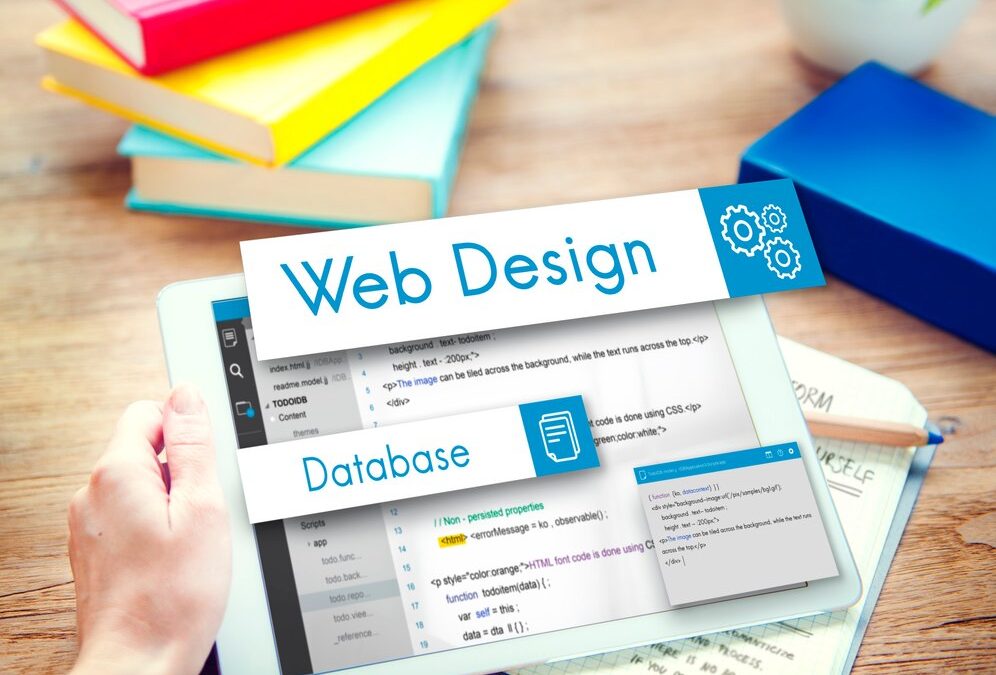Web design in Keighley has undergone a remarkable evolution, mirroring global trends while maintaining a distinct local flavor. Situated in West Yorkshire, Keighley’s web designers have played a pivotal role in shaping the digital landscape, from the early days of HTML coding to the sophisticated UX/UI designs of today.
Early Beginnings and Technological Advancements
In the nascent stages of web design, Keighley designers worked with rudimentary tools and technologies, primarily focusing on HTML for creating static web pages. These early websites were functional but lacked the aesthetic appeal and interactivity seen in modern designs.
The Revolution of CSS and Visual Appeal
The introduction of Cascading Style Sheets (CSS) revolutionized web design in Keighley, enabling designers to separate content from presentation. This breakthrough allowed for more creative freedom in layout, typography, and visual elements, marking a significant shift towards visually appealing websites that engaged users more effectively.
Emergence of Content Management Systems (CMS)
The advent of Content Management Systems like WordPress and Joomla transformed how websites were built and managed in Keighley. These platforms empowered designers to create dynamic, database-driven websites with ease, catering to diverse needs ranging from blogs and e-commerce sites to corporate portals.
Mobile Responsiveness and User-Centric Design
As mobile devices became ubiquitous, Keighley’s web designers adapted by prioritizing responsive design. Websites needed to provide a seamless experience across devices of varying screen sizes, leading to the widespread adoption of frameworks like Bootstrap and a heightened focus on User Experience (UX) and User Interface (UI) design principles.
Integration of Multimedia and Interactive Elements
Modern web design in Keighley embraces multimedia integration and interactive features to enhance user engagement. High-quality images, videos, animations, and interactive elements are seamlessly integrated into websites, creating immersive experiences that captivate visitors and effectively convey information.
Accessibility and Inclusivity
In recent years, Keighley’s web designers have increasingly focused on accessibility and inclusivity. Ensuring that websites are accessible to users with disabilities through features like screen reader compatibility, keyboard navigation, and accessible design practices has become standard, reflecting a commitment to creating inclusive digital experiences.
Future Trends and Innovations
Looking ahead, Keighley’s web design community is poised to embrace emerging technologies such as Artificial Intelligence (AI) and Augmented Reality (AR). These innovations offer new opportunities for personalized user experiences and interactive interfaces, pushing the boundaries of what’s possible in digital design.
Conclusion
In conclusion, Keighley’s journey through web design showcases a rich tapestry of innovation, creativity, and technical expertise. From humble beginnings with HTML to the current era of sophisticated UX/UI designs and multimedia integration, Keighley’s designers have continually evolved to meet the demands of a dynamic digital landscape. As technology continues to advance, the future promises even more exciting possibilities, ensuring that Keighley remains at the forefront of digital creativity and innovation in web design.



Recent Comments